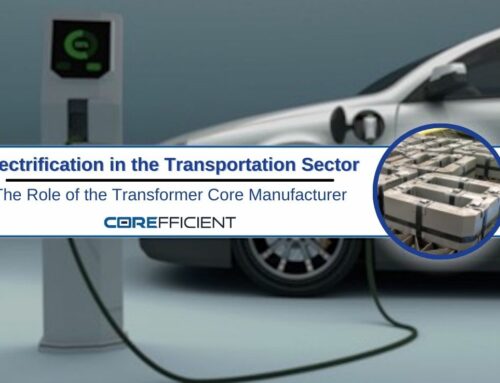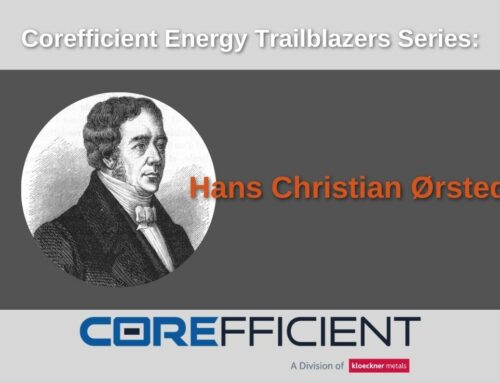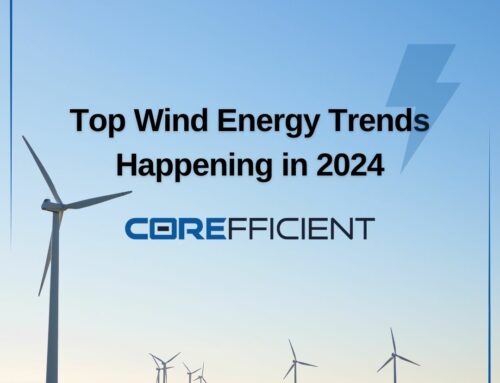
In the past, we have talked about the role transformers will play in renewable energy. Solar, wind, and hydraulic energy will still rely on transformers to step-up and step-down voltages.
However, this does not mean that transformer core manufacturing can remain static as the world changes around it. Nor does the transformation of America’s energy grid simply refer to the generation of green energy.
Rather, the advent of green energy implies changes in much of the way that energy has been done for hundreds of years, including in the way energy is stored, distributed, and used.
Perhaps the most radical change we can expect from “smart grids” of the future is decentralized production. Currently, centralized power plants generate massive amounts of energy and send it traveling hundreds of miles in all directions, to the end consumer.
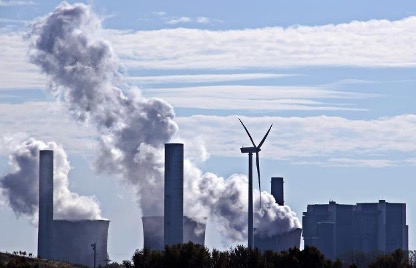
However, the decentralization of the energy grid is being spurred by technologies that allow small-scale energy production, such as on solar panels or wind farms. Because smaller grids are more reactive to customer behavior (and consequently they are more efficient) this decentralized model is very promising.
This brings us to the second way “smart grids” of the future will change our energy grid. As mentioned above, decentralized production of energy is more efficient. This is because energy in the United States is not stored. Instead, power plants produce more or less amounts depending on the need. Future “smart grids” will use big data technology to stay up to date on tiny changes in energy consumption. The energy monitors will coordinate energy flow and production to maximize efficiency, even predicting consumer behavior ahead of time. Are you ready for your coffee maker to send information to the energy grid?
A third, necessary transformation for a “smart grid” is the need for good old-fashioned batteries… but much bigger. The U.S. energy grid does not currently store energy but manipulates supply at the source to meet demand. This works well if energy production is stable, and, as mentioned above, smarter grids will help coordinate energy flows in fossil fuel plants. However, with wind and solar, the production of energy depends on the weather. Big batteries capable of storing energy for later use will help these technologies become efficient and dependable
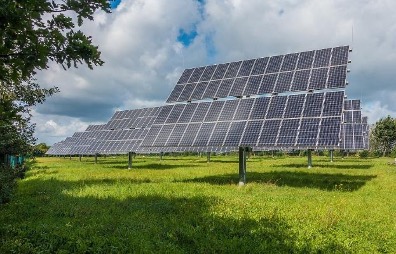
All these changes require a transformer core manufacturing industry that is up-to-date on the latest trends, and that has the equipment and expertise to bring about the smarter future. From transformers in car charging stations, to transformers for power plant batteries, the future applications of transformer core design are endless. Furthermore, energy efficient cores will continue to assure that all power that is produced reaches its destination with minimal loss.
Will future transformer cores have gauges that transmit information in real-time to the smart grid? Possibly. Whatever the challenge in energy innovation, Corefficient knows that the future is smart and green, and so are its transformer cores!
More About Corefficient – Corefficient designs, manufactures, and markets energy efficient electrical cores; a major component used in the manufacture of dry-type and liquid-filled transformers. Based out of Monterrey, Mexico, Corefficient brings the value of people, technology, and financial strength to the transformer core market. Our goal is to ensure the consistent delivery of exceptional service, and the company looks forward to building a new legacy of value to the core. If you’re in the market for innovative transformer core products to meet growing energy standards, contact Corefficient’s sales engineer today at: 1 (704) 236-2510.

